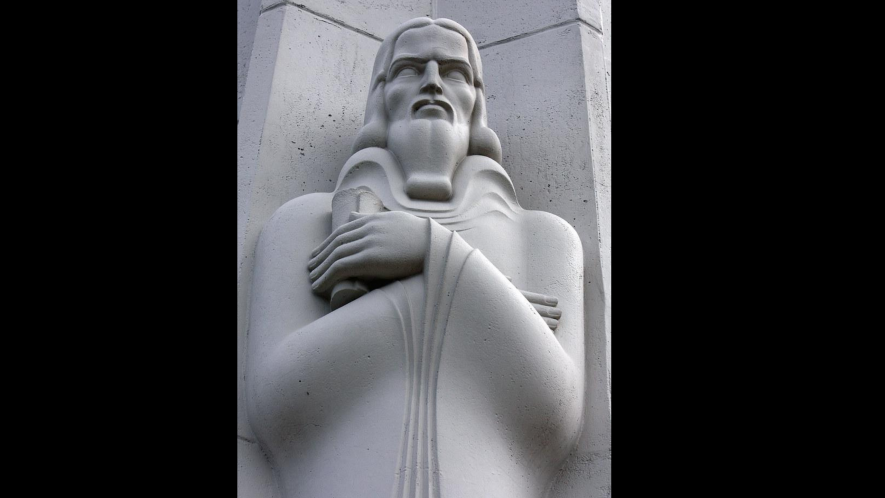Oldest Night Sky Map Found in Medieval Parchment in Egyptian Monastery

Image is for representation only; Source: Flickr.
A parchment preserved at an Egyptian monastery from the medieval period has revealed a treasure. The parchment, according to scholars, may have been hiding a part of the Hipparchus star catalogue—a document of the first-ever attempt to map the night sky. The findings were recently published in Journal for the history of astronomy.
Hipparchus was a Greek astronomer and mathematician who is known to have attempted for the first time in human history to map the entire night sky. He is also considered the founder of trigonometry. The Hipparchus star catalogue contains the coordinates and description of about 850 stars that can be observed with the naked eye. But the catalogue has never been found as such and scholars have been searching for it for centuries.
The parchments found at the St Catherine’s Monastery, in Sinai Peninsula, Egypt, contained something intriguing hidden beneath Christian texts. The manuscripts of the Egyptian monastery are now owned by the Museum of the Bible, Washington DC, and it contains 146 folios. The folios contain a collection of the Syriac texts known as the Codex Climaci Rescriptus, written during the 10th or 11th centuries.
Syriac was the language of ancient Syria and the alphabets are written from right to left in horizontal lines. During the early Christian period, this language was the main literary form of various Christian communities in ancient Syria and what is today’s West Asia.
The codex (ancient manuscript text in the form of a book) of the Egyptian monastery is a palimpsest, a parchment that has been cleaned by the scribe so that it can be used again. The older writings over it were thought to contain Christian texts.
The twist appeared in 2012 when Peter Williams, one of the authors of the new research and a biblical scholar at Cambridge University. asked his students to study the pages. One of his students found something interesting—an unexpected appearance of a Greek passage that had a reference to astronomer Eratosthenes.
This was the beginning of the new findings. In 2017, the researchers used the state-of-the-art technique of multispectral imaging to study the manuscripts. This revealed nine folios (pages) that contained hints of a text that was written over. Williams, finding some numbers in the folios and intrigued by them, passed them on to scientific historians. Victor Gysembergh, the corresponding author of the new study from the French national scientific research centre, realised that it contained star coordinates.
Then the big question in front of the researchers was who wrote these coordinates? The researchers know about Hipparchus, who was working on a star catalogue of the sky of the western world between 162 and 127 BC. Moreover, there are several references to Hipparchus and he is considered one of the founder astronomers.
Hipparchus is also considered the discoverer of what is known as ‘Earth’s Precession’, or the Axial Precession. The Axial Precession is referred to the process where an astronomical body changes its rotational axis induced by gravity. It is also known as the Precession of the Equinoxes. Hipparchus is also considered to be the first person who calculated the motions of the Sun and the Moon.
The researchers worked backwards with the manuscripts found in the Egyptian monastery. They attempted to find out what the ‘Earth’s Precession’ was at the time the manuscript was written. The coordinates of the stars that were discovered in the monastery’s parchments matched with the expected precession during 129 BC and this was the time when Hipparchus was alive.
The other known remains of Hipparchus’s work is his commentary on a poem called Phaenomena written during the third century BC. This poem describes the constellations. Importantly, many coordinates that Hipparchus gave to the stars in his commentary to Phaenomena closely matched the manuscripts of the Egyptian monastery. The researchers could recover the coordinates related to only one constellation, the Corona Borealis, from the folios of the manuscript. However, the researchers put forward the idea that at some time Hipparchus could have mapped the entire night sky.
Get the latest reports & analysis with people's perspective on Protests, movements & deep analytical videos, discussions of the current affairs in your Telegram app. Subscribe to NewsClick's Telegram channel & get Real-Time updates on stories, as they get published on our website.














